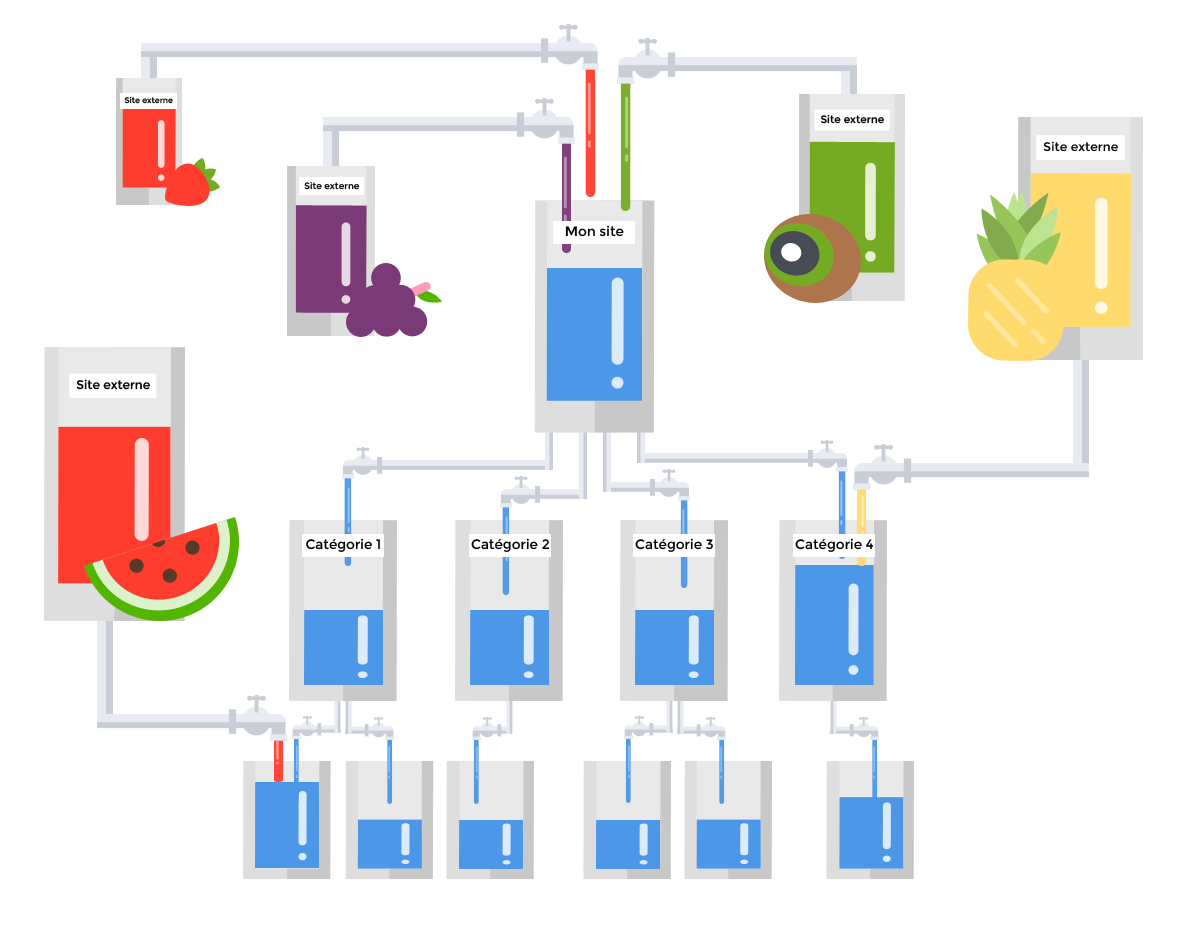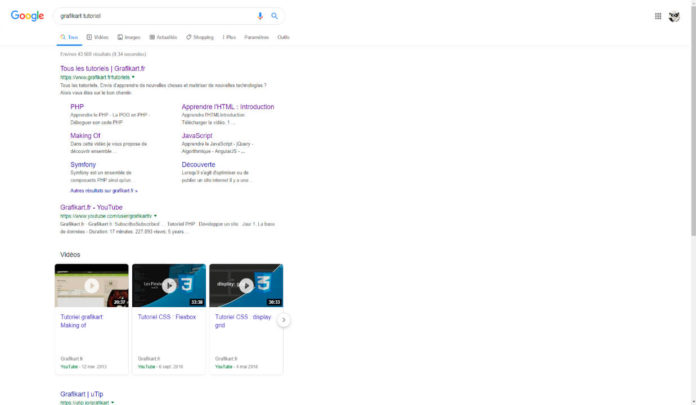the important levers for 2019
Since its appearance a little more than twenty years ago, the technique of SEO (Search Engine Optimization) is constantly changing. Subject to changes in Google's algorithms, it has become today the most profitable lever but also the most complex positioning of websites on search results (SERP). Faced with increasing competition, no aspect of natural referencing should be neglected: we will see in this article the different levers SEO that can be improved to maximize its chances of appearing in the first positions of Google and other search engines.
Netlinking strategies to improve the popularity of a site
In a previous tutorial, we could discover the basics of SEO through SEO, but we had not touched on one of the most powerful levers of SEO: netlinking. Also known as "link building", this technique consists in improving the profile of incoming external links to a site in order to increase its popularity in the eyes of search engines. If netlinking is the least technical part of SEO, it is the most dangerous, because Penguin is watching! This algorithm is capable of blacklisting an entire domain if it judges that it has tried to deceive it.
Developing a link profile can not be improvised. We must find the right sites, in the same theme, optimize (or desoptimize) its anchors links, while being careful not to "cross" the links. That is why if you do not know the workings of netlinking, it is strongly recommended to call an expert who will provide you with a turnkey service and help you build your strategy.

Example of netlinking strategy with SEMJuice.com
The internal mesh, for a better distribution of SEO juice
The internal mesh is the basis of SEO. It conditions the good distribution of the popularity transmitted to your site by other third party sites, as explained on the infographic above. In the same vein, a poorly optimized internal mesh will disperse the "SEO juice", thus making a majority of your pages irrelevant.
To succeed your internal mesh, I recommend you to combine 2 strategies : siloing and optimization of link anchors.
Siloing consists of classifying its pages "vertically". The main category has subcategories or even sub-categories. This architecture makes it possible to effectively highlight the main pages of your site. Each silo must be hermetic, ie there must be no cross-links with the other silos, which makes it possible to obtain a semantic silo: each silo must have its own theme. That is why it is recommended to do not make internal links between pages belonging to different silos, which would hinder the logic "semantics".
The internal mesh also depends on the quality of the anchors. An optimal mesh must allow a given page to be linked to several other pages having the same subject or theme. But we must not abuse the same anchors.
Like netlinking, the internal link does not have to be on an exact anchor. It may also appear in the form of links to generic anchors such as "Similar topics" or "In the same category". Just make sure to customize and vary the anchors for each page, ensuring that they are semantically linked to the landing page.
The obfuscation of links to improve the internal mesh
The obfuscation appeared after the various problems ofbudget optimization crawl. Indeed, Google allocates sites a crawl budget, which rarely covers 100% of pages. Without being able to tell him which are the important pages of the site, he had to find a way to push his robots to the strategic pages. The obfuscation of links is a technique of cloaking to hide one or more links to the robots, while leaving the user with the impression of clicking on a link.
This type of cloaking "white hat" is in no way an attempt to manipulate the algorithms (which is severely penalized), it is simply a matter of pagerank sculpting. In other words, it allows you to guide Google only to the relevant pages of your site, without impacting the user experience
Free and paid tools to analyze your SEO
The supply has become rather bloated in recent years. To audit its SEO and analyze its performance, you can use the free tools that Google has at your disposal, such as Google Analytics, Google Search Console and Google Tag Manager. Analytics provides for example accurate data on the traffic and its performances (acquisition channels, geographical origin, conversion rate, bounce rate ...). It is then possible to configure segments to establish accurate reporting.
Search Console is a kind of site monitoring. It informs about the state of health of the site (performance, crawls) and its indexing, but also on the queries at the origin of the traffic, which is very interesting when one wishes to develop his SEO. Google Tag Manager is a tag management tool to analyze its marketing actions, which facilitates the configuration of tracking tags and avoids having to use a developer to implement them on the site. Finally, netlinking side, you can use Ranxplorer to audit your positions and Linkody to analyze your link profile. There are others of course, like Majestic SEO or Ahrefs.
In conclusion
In 2019, SEO rules do not change, but optimization techniques are becoming more and more advanced. Risk taking is measured, and the links carefully studied as indicated in this example of return on SEMJuice. To succeed, do not neglect any aspect: it is a question of battle to be fought on all fronts. Internal mesh, semantics, netlinking, performance and mobile navigation are all elements that can help you stand out from the competition. You can of course consider using other acquisition channels to allow time for your SEO strategy to grow. Anyway, as they say, you should never put all your eggs in one basket!









